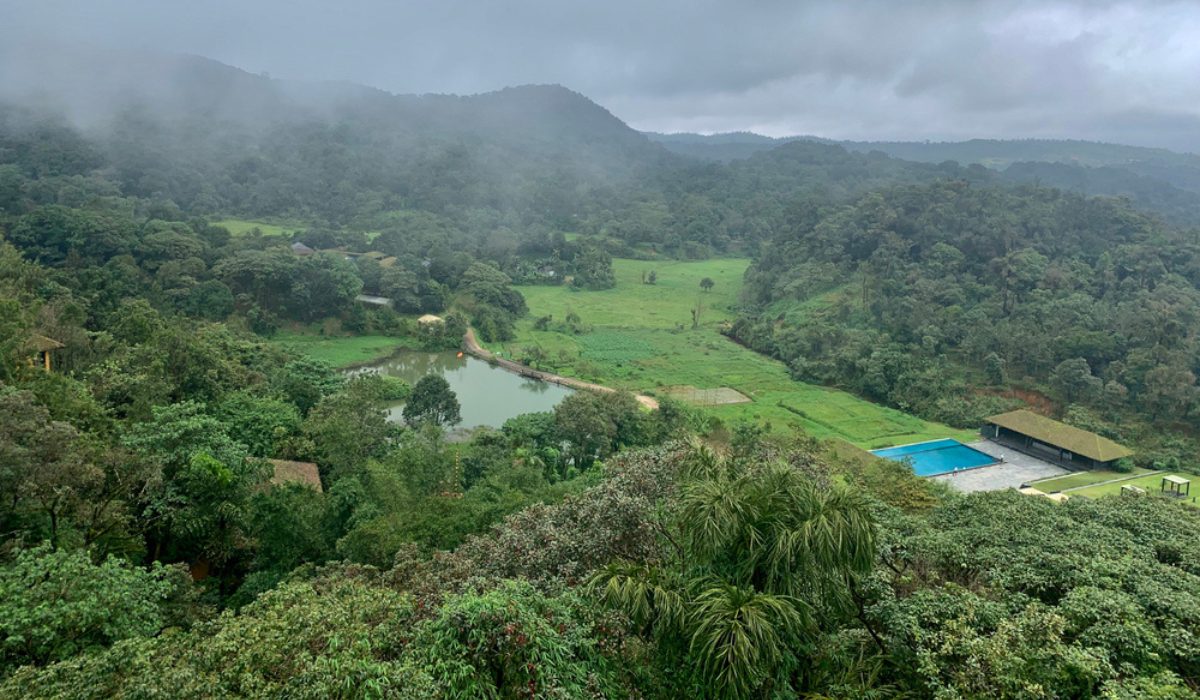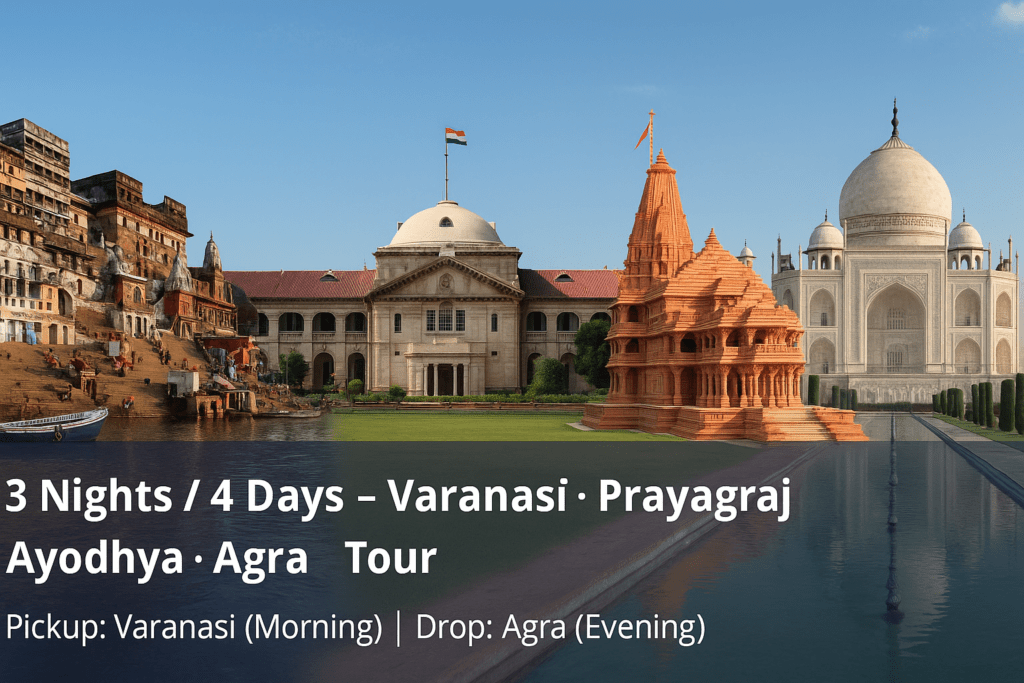This package is mix of Karnataka, Kerala and Tamilnadu. Travelers will be visiting Mysore and Coorg of Karnataka, Wayanad of Kerala and Ooty of Tamilnadu.
Trip is ideally crafted for honeymooners and family holiday.
Contact us for more information and deals
About Mysuru History
The word Mysuru is updated version of “mysooru“, which is derived from the word “mahishur” or “Mahishasurana Ooru“,
The town of Mahishasura in Kannada, the local language. Mysuru has great Puranic story found in the Devi Bhagavatha. According to the story in Shri Devi Purana, Mysuru was ruled by the King of demon Mahishasura who was a buffalo-headed devil. In response to the prayer by the Gods and Goddesses to save them from the demon, Goddess Parvathi, took birth as Chamundeshwari and killed the monster on top of the Chamundi hill near Mysuru. Hence the hill and the city have the names Chamundi Hill and Mysuru respectively.
There is an inscription in Mysuru by the Hoysalas that dates back to the 11th and 12th century. The Mysuru was ruled by Gangas, Chalukyas, Cholas and Hoysalas. After the Hoysalas came, the Vijayanagar Kings and then the Mysuru Yadu dynasty came to power in 1399A.D. They were the feudatories of the Vijayanagar Kings. This dynasty also contributed to temple building in Mysuru. Bettada Chamaraja Wadiyar, the raja of Mysuru rebuilt the fort of Mysuru and made his headquarters and called the city ‘Mahishura Nagara‘ meaning the city of Mahishur. Many inscriptions done in the 17th century and later refer to Mysuru as ‘Mahishuru‘.
During the reign of Krishnaraja Wadiyar III the town of Mysuru expanded and moved beyond the walls of the fort. Krishnaraja Wadiyar IV developed Mysuru into a beautiful city with excellent planning. Under his reign Mysuru became famous for its wide roads, magnificent building and elegant parks. Today Mysuru is a modern city that has managed to retain its quaint old world charm. Today Mysuru in famous in the world for its sandalwood and rosewood artifacts, stone sculptures, incense sticks, inlay work with ivory and its exquisite silk sarees.
About Coorg
Coorg, also known as Kodagu, is a rural district in the southwest Indian state of Karnataka. It’s a popular hill station known for its coffee plantations, lush greenery, and colonial houses. Coorg is located 1525 meters above sea level in the Western Ghats.
Coorg is a year-round destination with temperatures ranging from 14°C to 32°C. The best time to visit for outdoor activities is October to March.
Here are some things to do in Coorg:
Coffee plantations: Visit the surrounding plantations to see freshly brewed coffee
Wildlife safaris: Go on a wildlife safari in Nagarhole National Park
Trekking: Go on trekking, kayaking, rappelling, and paintball
Scenery: See the natural landscape, including Tadiandamol Peak, the highest peak in Coorg, standing at over 5,700 feet
Abbey Falls: A 70-foot waterfall that’s part of the Cauvery river, especially beautiful during the rains
Lake: A scenic drive surrounded by forests
Raja’s Seat: A former royal throne that overlooks the mountains and offers views of the sunset
Other attractions in Coorg include: Madikeri Fort, The Wayanad Wildlife Sanctuary, The Golden Temple, and Hindu Omkareshwara Temple.
Some popular dishes in Coorg include: Bamboo shoot curry, Kadumbuttu, and Coorg pork curry.
About Wayanad
Wayanad is a rural district in Kerala, India, known for its natural beauty, lush landscape, and peaceful atmosphere. It’s located in the Western Ghats, northeast of Kerala, and is known as the “Ooty of Kerala” for its cool climate and serene weather. The district is home to many attractions, including:
Banasura Sagar Dam: India’s largest earth dam and Asia’s second largest
Edakkal Caves: Stone Age paintings on the walls, some dating back to the Neolithic age
Kuruva Island: A protected river delta
Chembra Peak: The highest peak in Wayanad, which is also full of history and culture
Wayanad Wildlife Sanctuary: A lush, forested region with high altitude areas, home to animals including Asiatic elephants, tigers, leopards, and egrets
Soochipara Falls: A waterfall
Camping and trekking trails: Many trails to explore
Bird watching sites: A place to see birds
Flora and fauna: A variety of plants and animals
About Ooty
Ooty, also known as Udhagamandalam, is a hill station in the Nilgiris district of Tamil Nadu, India. It’s located at an elevation of around 7,500 feet above sea level, at the crossroads of the states of Tamil Nadu, Kerala, and Karnataka. Ooty is known for its beautiful hill views, and is a popular destination for honeymooners.
Ooty was founded as a British Raj summer resort, and still has a working steam railway line. Other reminders of its colonial past include Stone House, a 19th-century residence, and the circa-1829 St. Stephen’s Church. Ooty also has a 55-acre Government Botanical Garden on the slopes of Doddabetta Peak.
Some attractions in Ooty include: Ooty Lake, The Government Rose Garden, and The Government Botanical Gardens.
Ooty has a good climate all year round, but some say the best time to visit is in the summer months between March and June. During these months, the daytime temperatures are warmer and the air is less misty than in the winter and monsoon seasons.





